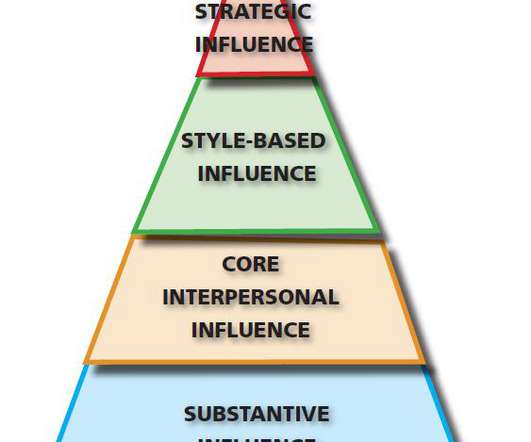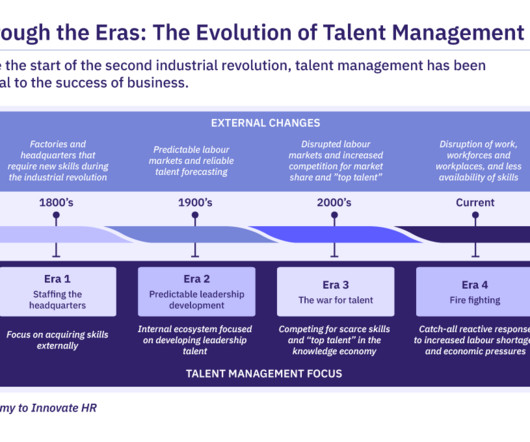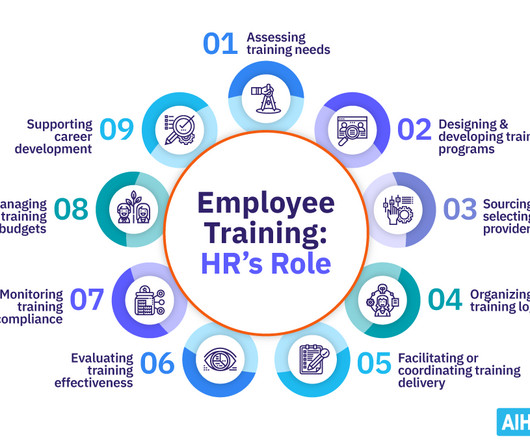Core Competencies 101: Incorporating Across the Employee Lifecycle
AIHR
MAY 22, 2023
Are you looking to raise the bar on employee performance and talent development in your organization? Core competencies provide a framework for aligning talent management strategies and driving organizational success.

















Let's personalize your content